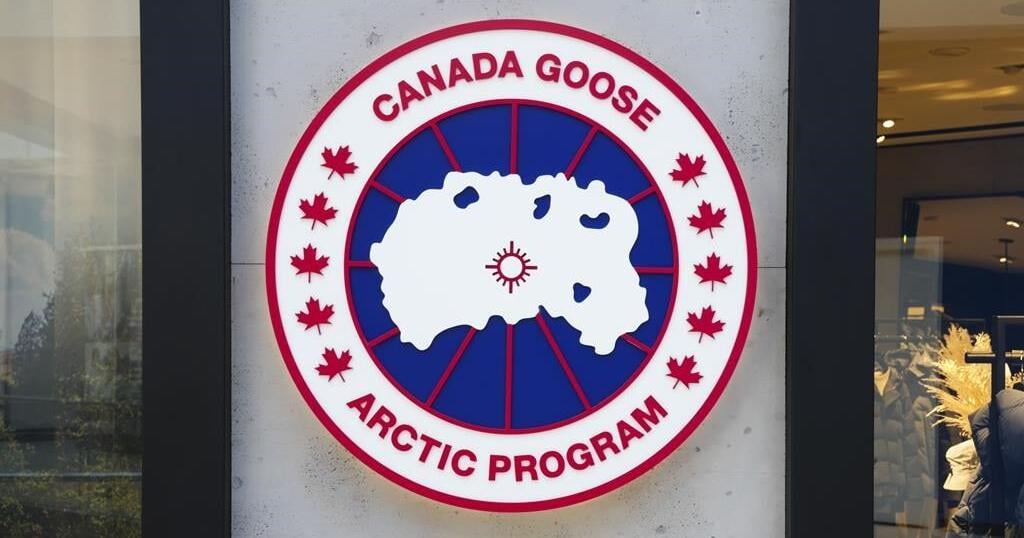Oil prices exploded on Thursday morning after US President Trump tweeted that he spoke with Saudi Crown Prince Mohammed bin Salman about a potentially ‘huge’ output cut.
According to Trump, the production cut from Saudi Arabia and Russia could be as high as 15 million bpd.
For anyone wondering why oil prices just spiked by over 25%… https://t.co/xjkfxOAaoS
— OilPrice.com (@OilandEnergy) April 2, 2020
The reality, however, is very different.
Earlier this morning, Dmitry Peskov, spokesman of Russian President Vladimir Putin told reporters that ‘’No one has launched any talks about a potential new oil-production deal to replace the OPEC+ format’’
Peskov assured reporters that no one is happy with current oil prices, but there are no high-level talks scheduled for either Thursday or Friday.
It seems then that US pressure on Riyadh has convinced Saudi Arabia to reopen negotiations once again, but as I wrote before, neither of the parties will be willing to hand an easy victory to the others.
While both Russia and Saudi Arabia have started to hint that they are willing to talk about new cooperation, neither of them have proposed any specific new deal.
The situation changed this morning after Saudi Arabia’s official news agency reported that the Kingdom is calling for an urgent OPEC+ meeting with the aim of ‘’seeking a fair agreement’’. In other words, Saudi Arabia is willing to return to the negotiating table if every other nation is willing to cut production.

According to Dow Jones, Riyadh is willing to reduce output to 9 million bpd, roughly what it produced in February before the OPEC+ deal fell apart. It also seems that the Kingdom will only be happy to cut production back to 9 million bpd if Moscow agrees with the 500,000 bpd production reduction it rejected at the previous OPEC+ meeting in Vienna.
Even if Saudi Arabia gets Russia to agree to the 500,000 bpd cut (which remains unlikely), this means that the markets will see a production reduction of only 3.5 million bpd – a far cry from the 10-15 million bpd that President Trump claimed in his tweet this morning.
Even if Saudi Arabia gets the UAE, Iraq and other non-OPEC members such as Brazil, Canada, Kazakhstan, Norway, Mexico, and Azerbaijan to make additional output cuts, this will still not be enough to counter the coronavirus impact on the markets in the short term. All of this seems highly unlikely unless US producers will agree to force production cuts upon themselves (like Canadian producers did last year), something that US President Trump did not mention in his tweet.
Some smaller and larger US producers are happy to voluntarily cut back production, but oil majors such as ExxonMobil and Chevron have shown no interest in reducing production. Industry organizations such as the API and TXOGA also remain opposed to forced output cuts.
With global oil demand potentially crashing 30 million bpd in April/May, every producer is feeling the pain, but even a multilateral output cut that would involve all G20 producers isn’t likely to keep inventories from ballooning and prices from falling.
The oil rally caused by Trump’s tweet is likely to fade.
Update: 1.17PM CT – Russian Energy Minister Novak signaled that Russia, instead of cutting supply, will wait for demand to come back in the next couple of months.
By Tom Kool of Oilprice.com
More Top Reads From Oilprice.com:

































